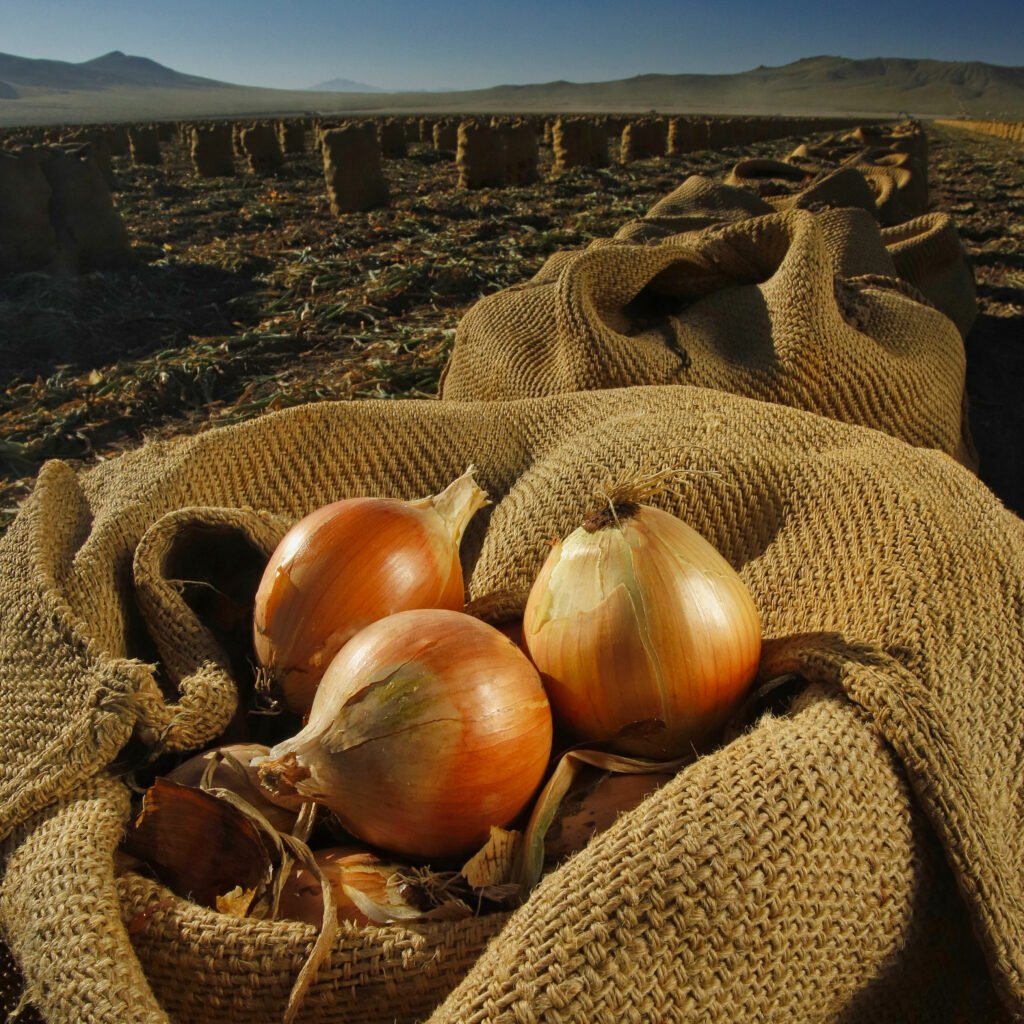Behind the shot: A purposeful walk through a manicured onion field with Photojournalist Richard Massey
I recently had the pleasure of touring the Peri & Sons Farm property with owner, David Peri. During this fascinating glimpse into their operation I was gathering material for an upcoming magazine feature and a story for Pizen Switch Times.
Since many of our followers are photographers or folks who simply enjoy learning how certain pictures are made, I am starting a series, “Behind the shot” for my YouTube channel. The first in the series is one of my favorites from my tour with David.
The picture was taken in a field and shows multiple rows of full onion bags. To make the picture more interesting, I took a few onions out of a bag and placed them on top of the bag closest to the camera. By using a wide angle lens and getting in close to the onions, it really shows in great detail what is in the bags. Without showing the onions, the picture would just be another snapshot.
I tell my photo students that this type of shot has a strong central subject (the onions) with supporting cast members (the rows of bags). Together, they tell a powerful story. The two things that make this a successful image are camera placement and proper lighting.

A common tendency is to have the sun behind you when taking a picture. While this certainly works in many cases, it too often leads to flat lighting and consequently produces just a nice record shot. While looking at the picture of the onions on the bag, imagine the same shot but with the sun behind the camera. Sure, it would be an okay shot but rather boring and conversely no drama!
For lighting and subject placement, I strive to follow a method used by the early Dutch master painters. When possible I like to place dark against light or warm colors next to cool colors. This simple method can help create depth and impact for an image.
For the onion picture, I selected a position where I had the sun in front of me. This ensured that everything in the picture would be rather dark and have an interesting rim light. I further accentuated this darkness by underexposing. To add separation and make the onions stand out from the background (light against dark), my friend Roberta Bryant used a silver reflector to light up just the onions and top of the bag. With this technique, I don’t worry about trying to get everything in focus, as long as the main subject is sharp! An out-of-focus background can actually help the subject stand out.
As a photojournalist and cinematographer, I always try to tell stories with my images. This is usually best done by including three types of shots…a wide (establishing shot), a medium shot, and a close-up.
For the first series of images about our nation’s largest onion producing farm, my establishing (wide overview) shot was taken with a drone about twenty feet above a field and showing hundreds of bags full of onions. I planned the shot so the early morning light would cast interesting patterns while providing an overview of the area. Shadows can play an important part in a composition.


Richard Massey is an international award-winning photojournalist and freelance-writer. He has a passion for film and does much of his photography using vintage film cameras…as seen here. His interest in teaching has led him to start a photography YouTube channel: https://www.youtube.com/channel/UChdW0Jjsca47EpKE5N_jtag





More Stories
Richard Massey’s Spotlight on Nevada: The Historic Railroad Hiking Trail near Hoover Dam
St. Mary’s of the Mountains in Virginia City NV
Nevada’s Hidden Cave & Grimes Point Offer a Window Into the Past